Writing a powerful website homepage for your startup is a challenging task. You need to effectively convey who you are, what you do and why that matters – and you only have a few hundred words to do so.
Your homepage is the most important page on your website. It’s often the entry point for new customers, and it helps them decide whether they’re going to stick around or head back to Google within seconds.
The good news is that, as a startup, you’re better placed than most to get the ball rolling on your homepage. A homepage is all about conveying exactly what you do in a succinct and engaging way – a process founders go through when creating 60 or 90-second pitches.
The bad news is that there’s a lot less flexibility with homepages. While pitches can be refined to fit different audiences, your homepage needs to appeal to everyone that hits your site. What’s more, you need a robust understanding of your customers to shape the journey they take around your site and improve the chances of conversion.
Where do you start? In this article, you’ll learn how to:
- Clearly communicate the value of your business
- Create a user journey around your website
- Measure how effective your homepage is
We’ll also point you in the direction of relevant freelancers on platforms like Fiverr, who can help with the trickier elements of your homepage.

By loading the video, you agree to YouTube's privacy policy.
Learn more
Define your value proposition
A value proposition communicates the value of your startup and gives the user visiting your website a reason to stick around. If it isn’t clear what your business does immediately, it’s likely users will bounce (leave your site without taking any further action).
Your value proposition should focus on a specific and unique way you solve a customer problem. Start by questioning:
- What exactly does your business do?
- How does this set you apart from the competition?
Let’s take an example from YesRef, the People’s Choice winner at The Pitch 2022.
Here’s their value proposition: “YesRef makes finding and paying sports officials quicker and easier than ever before, reducing admin and giving you more time for the sport you love”.
This is then distilled into the main header on their homepage: “The easy way to find and pay referees”.
Spend time getting your value proposition right, because you can use it to inspire the rest of your marketing messaging.
Know your customers
Before you start writing your homepage, you need to know exactly who you’re writing for and what they want from your website.
Think about your customer personas and ask:
- What information are they looking for in the first few seconds?
- What’s the main way our product or service can benefit them?
- What images and language will resonate with this audience?
Most startup founders get deep in the weeds of their business on a daily basis. This is great for investors who want you to know the business inside out, but can be a hindrance when it comes to writing marketing copy.
It’s incredibly easy to overlook complexities about your business because they’re so familiar to you. It’s also easy to get bogged down in the personal story behind your business, rather than addressing what customers are looking for.
Getting a third party involved can be a good way to make sure your homepage copy is clear, accessible and written with your personas in mind. There are lots of freelance writers on Fiverr who specialise in writing engaging homepage copy or breaking down technical language.
Get ahead of common objections
If you’ve spent time speaking to your target customers, you’ll know the most common objections they have. Objections are doubts that come up about your product or service that may deter them from buying from you.
For app or software businesses, a common objection is that it’s going to be difficult to use (particularly for those who aren’t tech savvy). For product businesses, common objections include the price or speed of shipping.
Addressing these concerns straight away will have a positive impact on your conversion rate. For example:
- An app business could include testimonials on its homepage that emphasise how easy it is to use
- A product business could highlight that they use a reliable 48-hour shipping service and shipping is free over £X amount
Include call to actions
Call to actions (CTAs) signpost the next step for users from your homepage. They’re a useful way to create a journey around your site, so users know exactly what action to take next.
Most homepages will have multiple CTAs to move users down your startup’s sales funnel. These might include:
- View products or services
- Sign up to a free trial
- Read customer testimonials
- Subscribe to our newsletter
- Get in touch
You’ll need to experiment and see what CTAs work best with your audience. However, here are some best practice rules for putting them together:
- Make them actionable. Start with a verb like “Sign up”, “Discover” or “Buy” to focus on what the user gets by clicking on the button
- Keep them short. CTAs should be simple and eye-catching, so aim for no more than six or seven words
- Create a compelling reason to click. If it’s a newsletter signup, offer to enter the user into a prize draw; if it’s a product page, consider including a limited time discount
Measure the success of your homepage
You can measure the success of your homepage by tracking your website conversion rate.
A website’s conversion rate is the percentage of users who visit your website and perform one of your desired actions outlined above. For example, they sign up to a free trial or click through from your homepage to your product page.
You can track this by setting goals in Google Analytics. A goal can focus any of the following:
- Destination. This records visits to a specific page (for example, you can track newsletter signups by looking at the number of visits from your homepage to a “thank you for subscribing” page)
- Duration. This measures how long users spend on a page – something that’s useful if you’re struggling with a high bounce rate
- Pages per session. This tracks a user’s journey through your site. If they’re only visiting one page per session, it’s a sign you need to improve your call to actions
- Event. This looks at whether a user has completed an action within the same page, such as watching a video
Getting Google Analytics set up properly can be a complicated process, but you’ll benefit from a wealth of insights once it’s up and running.
If you’re pressed for time or unsure of how Google Analytics works, consider outsourcing this to an experienced freelancer. That way, you can be sure everything is set up correctly and that you’re making decisions based on accurate information.





